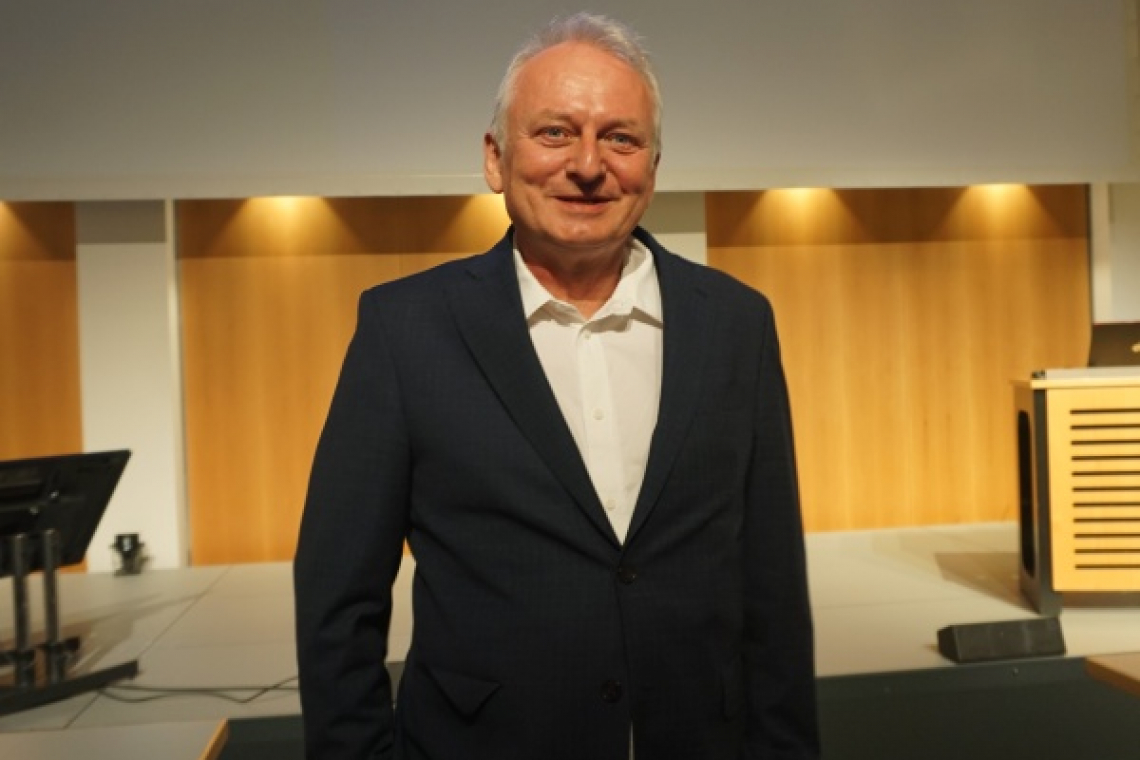Dr. André Egli, Heinz-Leuze Prize winner and R&D Senior Expert at riag Oberflächentechnik AG in Wängi/Switzerland; Interview: Robert Piterek
Congratulations on winning the Heinz-Leuze Prize, Dr. Egli! What did you think of the award ceremony?
It was the surprise of my life. It was almost a shock when I opened the letter because I had expected something completely different. At first I couldn't believe it.
Your award-winning article is called "Speed matters: whisker growth of electroplated tin layers" - a problem with many components, including printed circuit boards. How did you become an expert in this field?
As a developer of tin baths. When switching to lead-free, it was vital for suppliers to understand the tin-whisker mechanism or at least offer customers solutions and theories that were plausible. At my company at the time, there was therefore freedom of research to really go into depth. That's not entirely obvious for a commercially oriented company,
Can you tell me something about your employer riag and your current research?
riag is part of Aalberts Surface Technologies and focuses strongly on the electroless nickel process, which is also the subject of my current research. But tin and tin processes are of course a growth market for us. We believe that there is further potential for us in this area and that the market is not yet saturated.
What has your career path been like?
While studying natural sciences at ETH Zurich, I quickly realized that chemistry is what I enjoy most. I am a chemist at heart. I wrote my doctoral thesis on a biological-inorganic-chemical topic. As aqueous chemistry, inorganic chemistry is closely related to galvanic topics. After a Humboldt scholarship at the Technical University of Munich and a few years working in the medical field, I finally switched to electroplating research.
"All safety-relevant industries are affected by whiskers!"
For which parts and products is your knowledge of tin whiskers particularly relevant?
For printed circuit boards, but also for the entire semiconductor industry, because the dimensions there are so small. Whiskers are also important in the field of thermomechanics. It's still a huge problem, but you have to differentiate between safety-relevant technology and consumer electronics. The latter is usually so cheap that it doesn't really matter whether a whisker grows or the devices fall apart for other reasons. However, this is relevant for some security-related issues. In the 1990s, satellites crashed that were caused by whiskers. This is why NASA has long played a leading role in clarifying the mechanism and was one of the driving forces behind whisker research. In the noughties, there were recalls of pacemakers and recalls of control units from a Japanese car manufacturer. The control units of Patriot missile systems, which are being used in the war in Ukraine, should also be mentioned for current reasons. All security-relevant branches of industry are affected by whiskers in one way or another.
Whisker research is not entirely new. What made you decide to write about it now?
The relevant papers were written 15 years ago. But then I kept reading that they didn't know how whiskers grow, which raised my blood pressure every time. Finally, I thought: now I have to write something understandable about this. And that's how it turned out.
INFO
Dr. André Egli is this year's Heinz Leuze Prize winner. He received the second highest endowed prize in the industry at the Surface Days in Leipzig for his technical article "Speed matters: Whisker growth of electroplated tin layers" in the journal Galvanotechnik.





